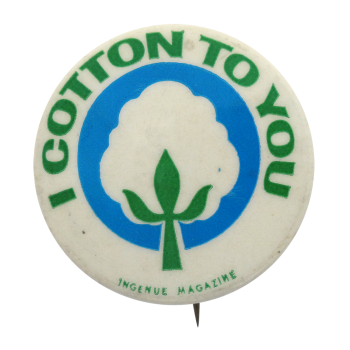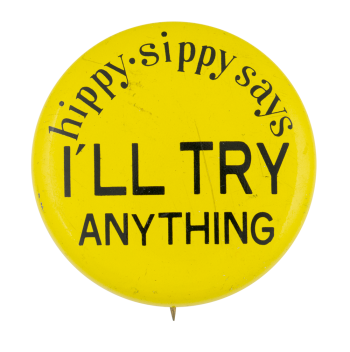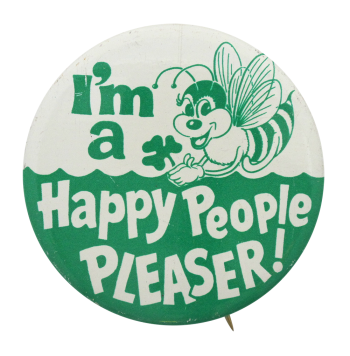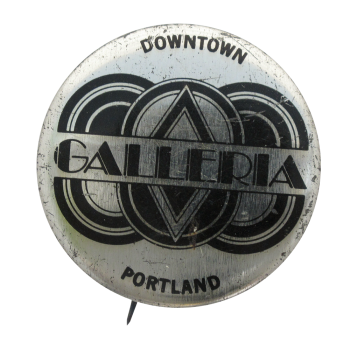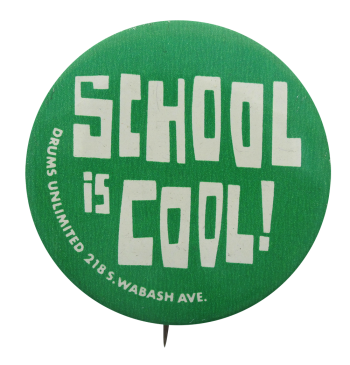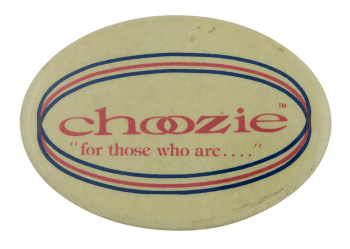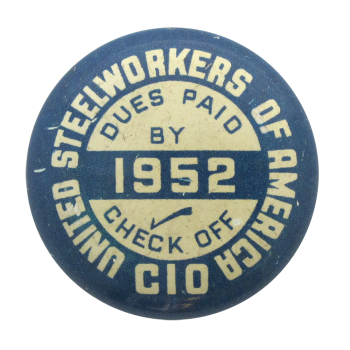Ingenue Magazine I Cotton To You
| Category | |
|---|---|
| Additional Images | |
| Sub Categories | |
| Text on Button | I COTTON TO YOU INGENUE MAGAZINE |
| Image Description | Green text along top edge and very small green text along the bottom edge with a green and white illustration of cotton on a blue circle on a white background. |
| Back Style | |
| The Shape | |
| The Size | |
| Additional Information | Made for Ingenue Magazine, a teen magazine. "I Cotton to You" is a phrase meaning "I like you" or indicating attraction to someone. It is said this came about because cotton was often cargo on riverboats and it would get stuck to workers' and passengers' hair or clothing. |
| Catalog ID | EN0520 |

